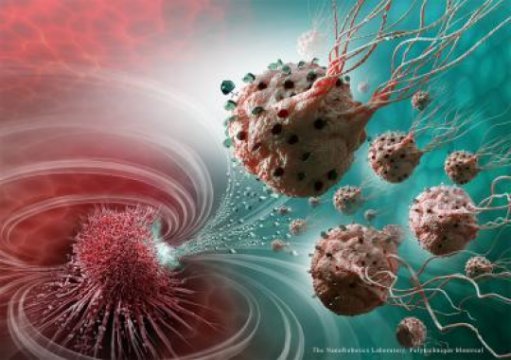Near the end of 2014, Uber co-founder and Chief Executive Officer Travis Kalanick flew to Pittsburgh on a mission: to hire dozens of the world’s experts in autonomous vehicles. The city is home to Carnegie Mellon University’s robotics department, which has produced many of the biggest names in the newly hot field. Sebastian Thrun, the creator of Google’s self-driving car project, spent seven years researching autonomous robots at CMU, and the project’s former director, Chris Urmson, was a CMU grad student.
Continue reading… “Uber’s First Self-Driving Fleet in Pittsburgh This Month”











